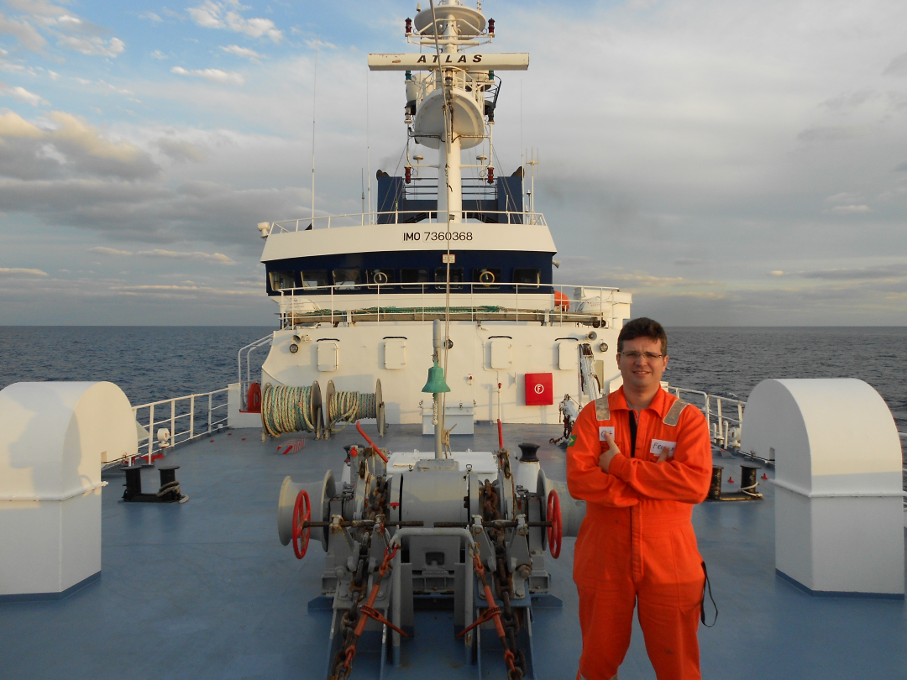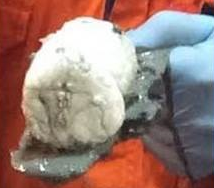IPR has published article in Swiss journal Geosciences on formation of gases at estuary of Amazon River
 The Institute of Petroleum and Natural Resources (IPR) has published the article Molecular and Isotopic Composition of Hydrate-Bound, Dissolved and Free Gases in the Amazon Deep-Sea Fan and Slope Sediments, Brazil in Swiss journal Geosciences. The investigation describes the origin of gas composition at the adjacent continental slope of the Amazon River. The investigation resulted from Tucuxi Mission, a partnership between IPR and company SeaSeep. “We are the first scientists to talk about this in our area. This gas basically comes from microorganisms that decompose organic matter”, Luiz Frederico Rodrigues researcher says.
The Institute of Petroleum and Natural Resources (IPR) has published the article Molecular and Isotopic Composition of Hydrate-Bound, Dissolved and Free Gases in the Amazon Deep-Sea Fan and Slope Sediments, Brazil in Swiss journal Geosciences. The investigation describes the origin of gas composition at the adjacent continental slope of the Amazon River. The investigation resulted from Tucuxi Mission, a partnership between IPR and company SeaSeep. “We are the first scientists to talk about this in our area. This gas basically comes from microorganisms that decompose organic matter”, Luiz Frederico Rodrigues researcher says.
The project was developed jointly with SeaSeep, a company that specializes in oil and gas data acquisition, to study hydrates in the region. Rodrigues, who holds a PhD in Chemistry, spent 40 days on a ship to study the occurrence of gas hydrates in the North of Brazil and teach techniques associated with the compounds. The article was co-authored by João Marcelo Ketzer, who served as a researcher at IPR/PUCRS and now works at Linnaeus University.
 The Tucuxi mission was intended to collect samples and describe the possible areas containing gas hydrates. The mission was named after the dolphin that inhabits both fresh and sea water in the Amazon region. In Rodrigues’ view, the study on the origin of gases is very important for science as it is may bring a number of benefits for the environment. It is useful for researchers in that they can study possible alternative energy sources for the future. Gas hydrates are some of these sources. They are solid structures (ice) that contain a large number of gas that could be as a source of energy”, he says.
The Tucuxi mission was intended to collect samples and describe the possible areas containing gas hydrates. The mission was named after the dolphin that inhabits both fresh and sea water in the Amazon region. In Rodrigues’ view, the study on the origin of gases is very important for science as it is may bring a number of benefits for the environment. It is useful for researchers in that they can study possible alternative energy sources for the future. Gas hydrates are some of these sources. They are solid structures (ice) that contain a large number of gas that could be as a source of energy”, he says.